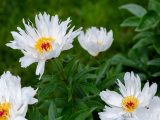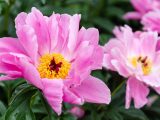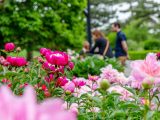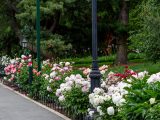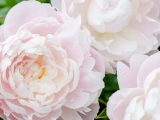
Herbaceous Peonies
Matelich Anniversary Peony Collection
May
Along Perennial Garden Way, more than 150 herbaceous peonies reach their peak in mid-May. Ranging in form from single to fully double, with satiny petals in white, pink, coral and red, they offer up their scents of rose, lemon, honey, or musk. In spring 2015 this newly expanded collection will open featuring dozens of new late-blooming varieties, extending the flowering season and delighting visitors with more blooms than ever before.
The Matelich Anniversary Peony Collection is a project of Susan and George Matelich.
Real-time bloom tracking
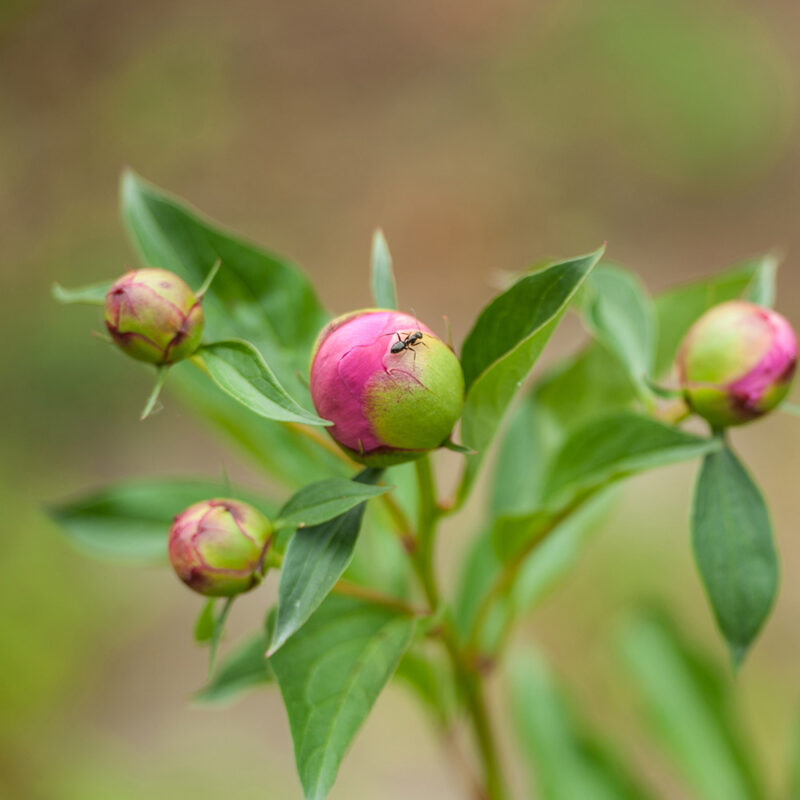
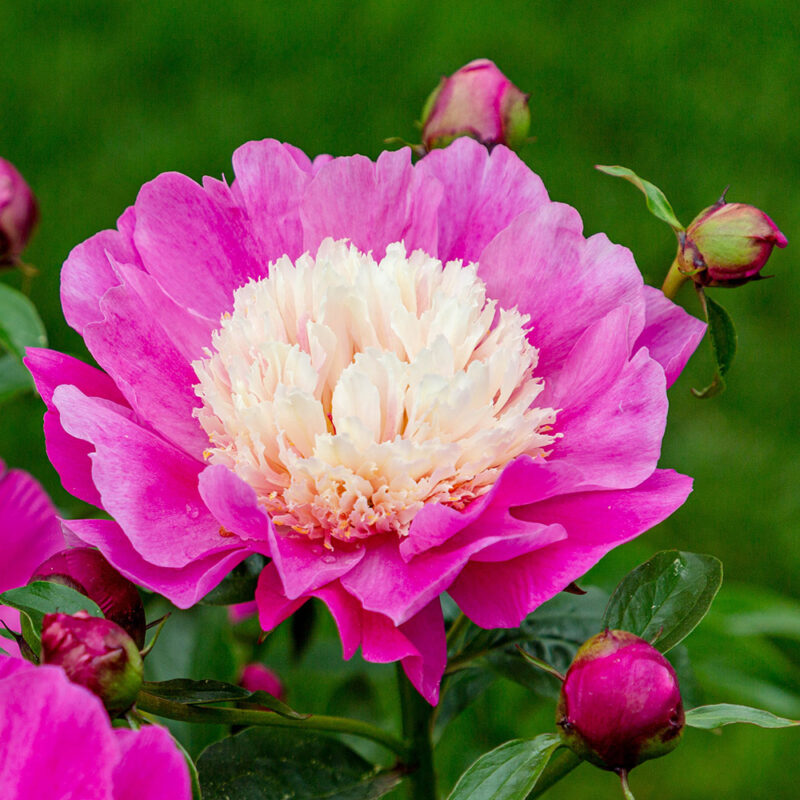
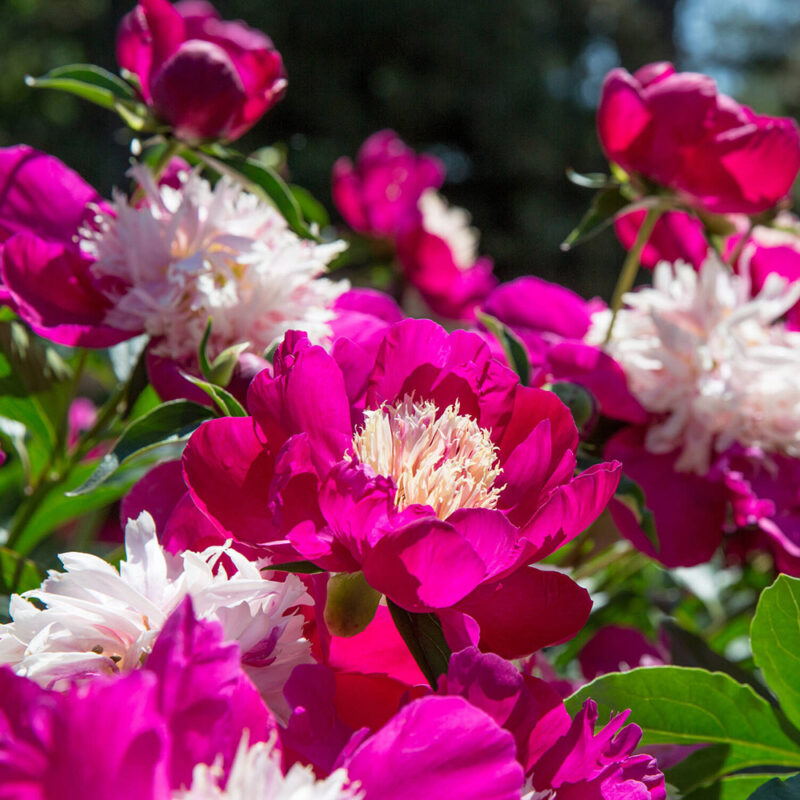
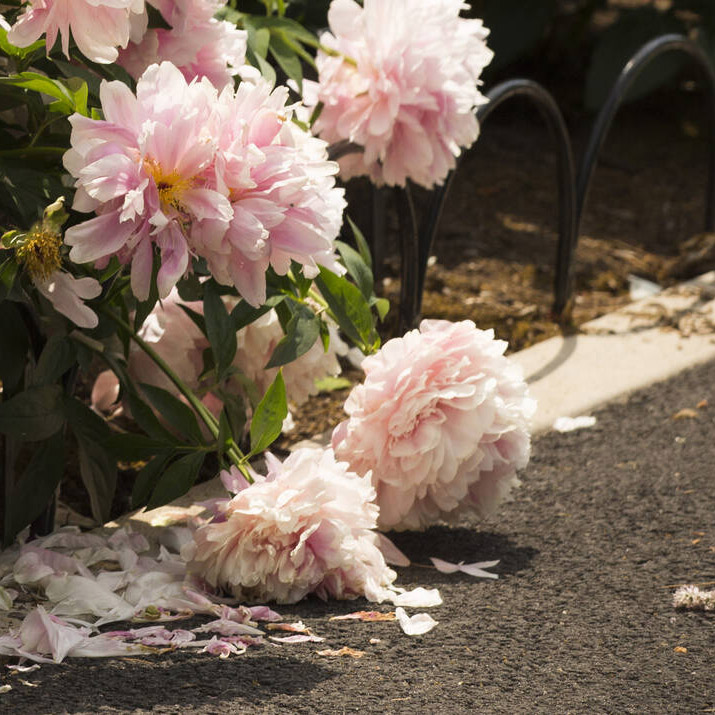
Additional Information
Herbaceous Peonies
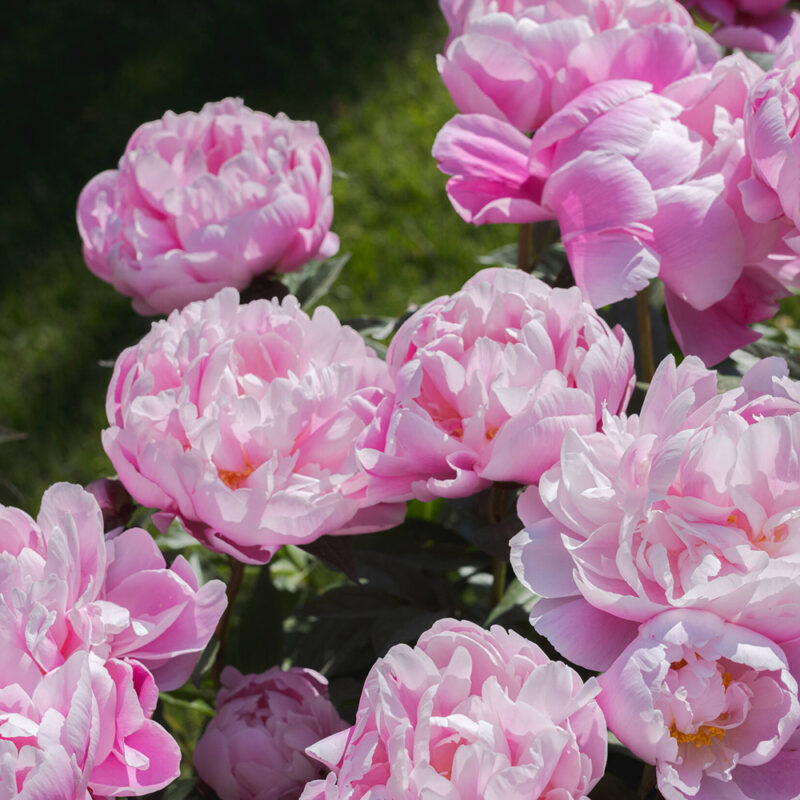
Herbaceous peonies are hybrids with Paeonia lactiflora as a parent. There are more than 4,000 cultivars of herbaceous peonies with flowers in shades of red, pink, white, coral, or butter yellow. The stems of herbaceous peonies die back to the ground every winter; new stems emerge in early April; flowers bloom throughout the month of May, finishing in mid-June; seeds are sometimes produced, ripening in the summer; and plants go dormant in late autumn.
Bloom Calendar
Bloom status graph by date
Bloom status graph legend
- Herbaceous Peonies
Dig Deeper
The Collection
We have many different types of peonies for you to explore, from tree-peonies, which have wood stems; to herbaceous peonies, which die back to the ground every winter; and Itoh peonies, a human-made hybrid of the two.
At NYBG, you’ll find:
- 19 species
- 188 cultivated forms
- 221 accessions
- 593 plants
The Locations
While the Matelich Anniversary Peony Collection along Perennial Garden Way hosts most of our herbaceous peonies in spring, and the tree peonies thrive in the Dolores DeFina Hope Tree Peony Collection overlooking the Rose Garden, they’re not the only ones to be found at NYBG.
Visit the Rock Garden and Azalea Garden to find peony species that grow in shrublands, forests, open woodlands, and meadows.
The Facts
- The genus Paeonia is native to much of temperate Asia, southern Europe, northwestern Africa, and western North America.
- Keep peonies away from pets! They can be toxic to animals when eaten in large quantities.
- Peonies have been used medicinally throughout history, from traditional Chinese medicine to ancient Greco-Roman apothecaries.
- You can find peonies documented in herbals going as far back as 16th-century Europe.
The Archives
Our Steere Herbarium is home to millions of plant specimens that tell the story of our planet’s botanical biodiversity across centuries of time, which informs our efforts to save the plants of our world for future generations.
Peruse the herbarium specimens and stories that live here at NYBG.

